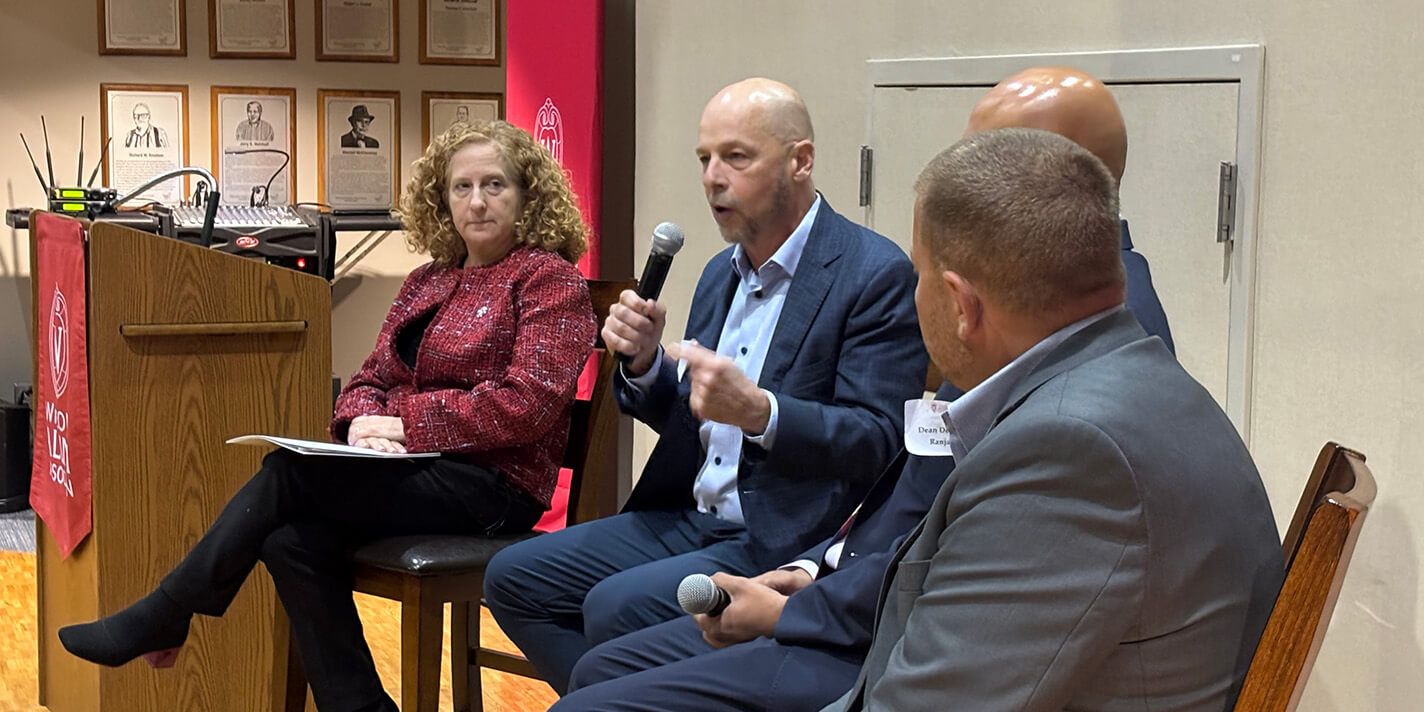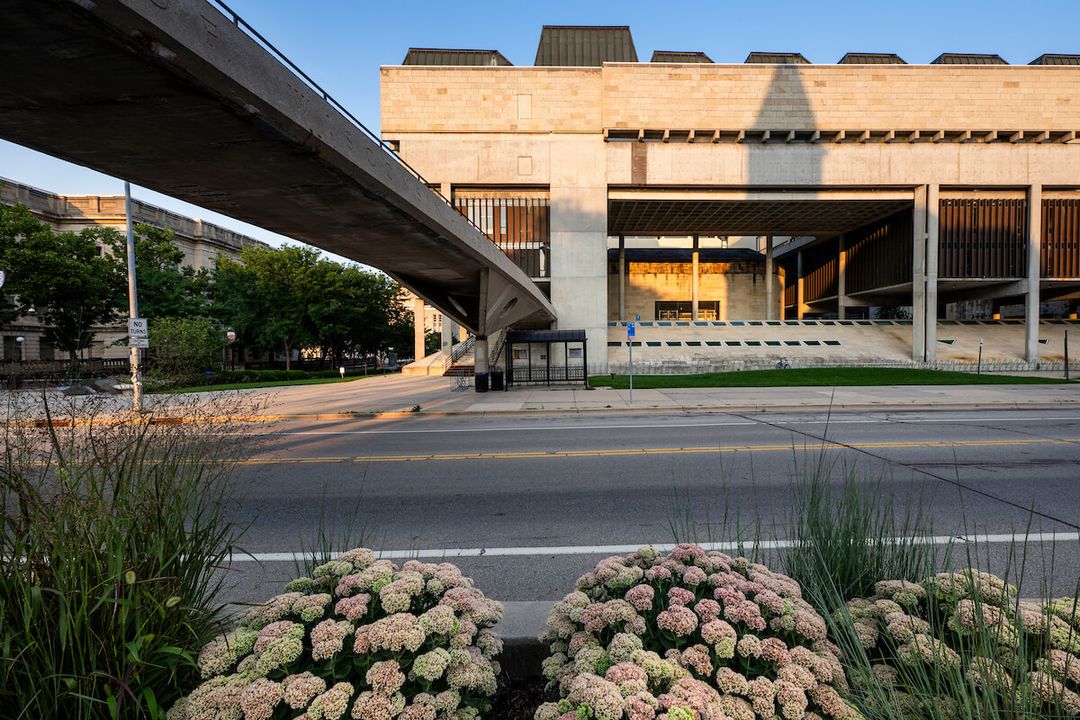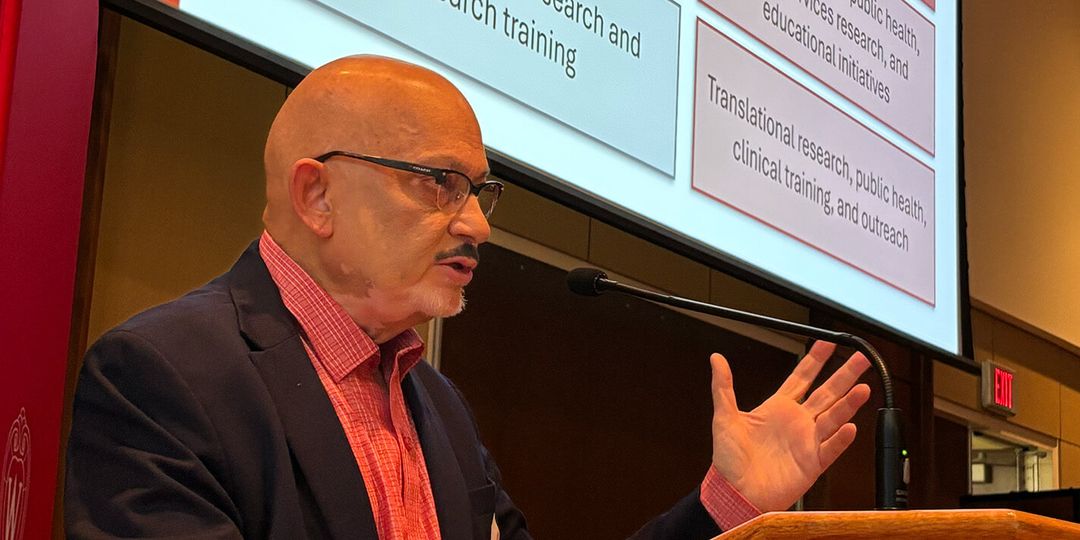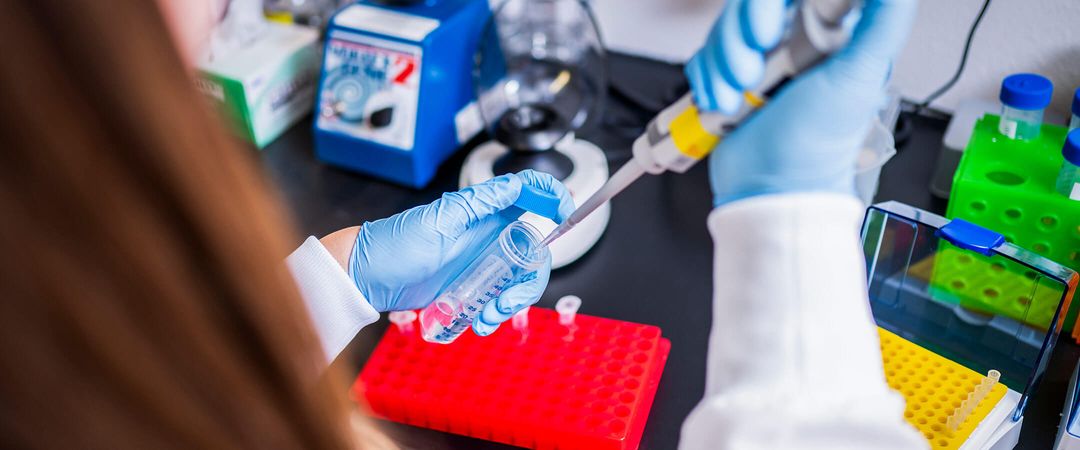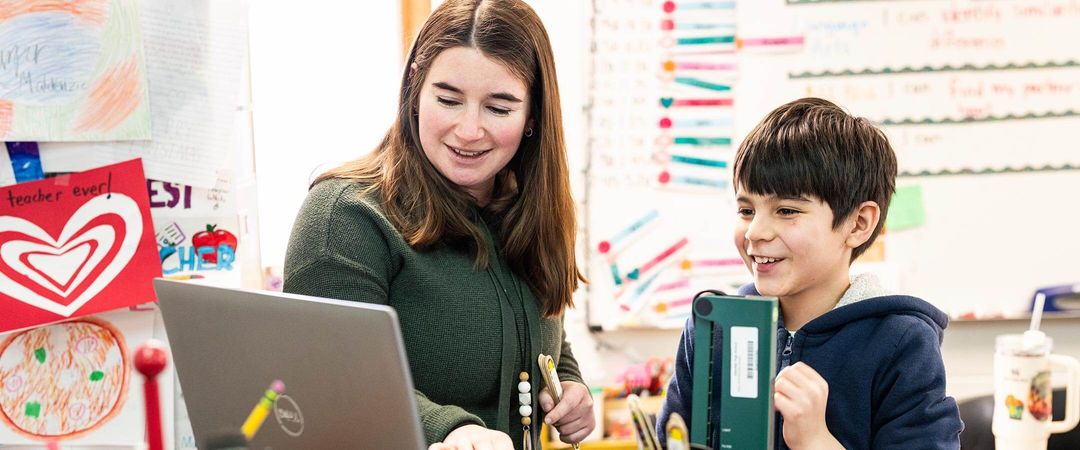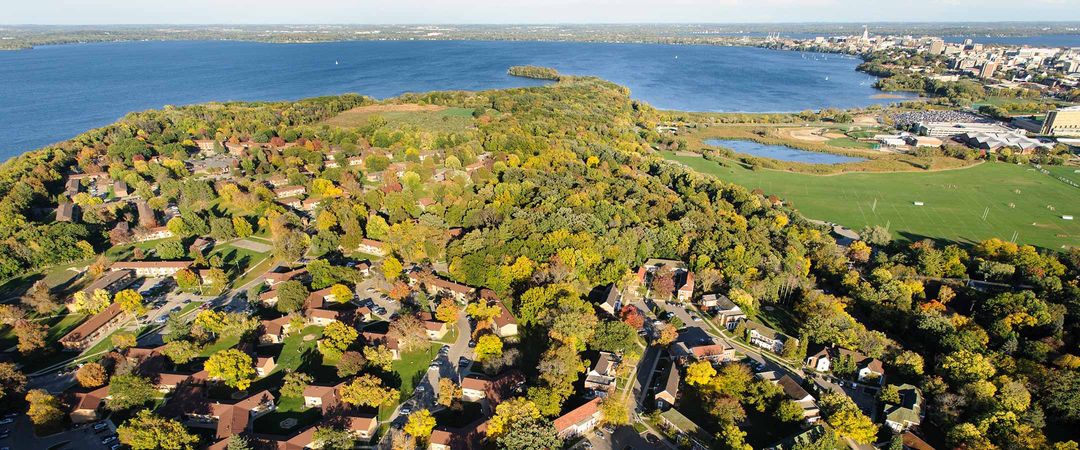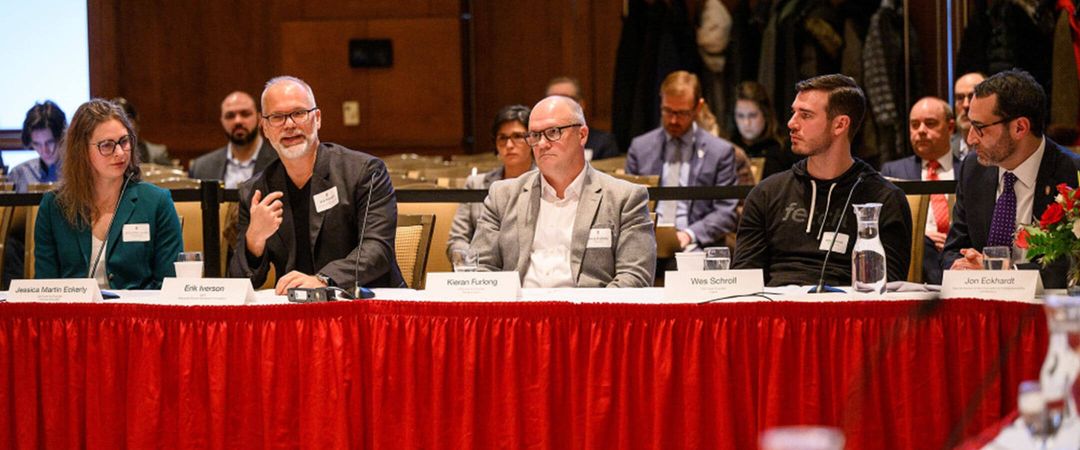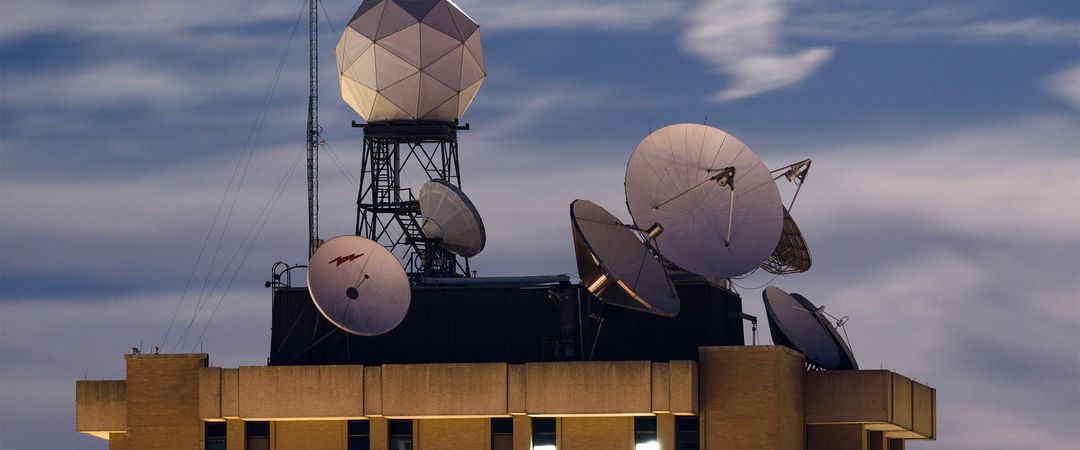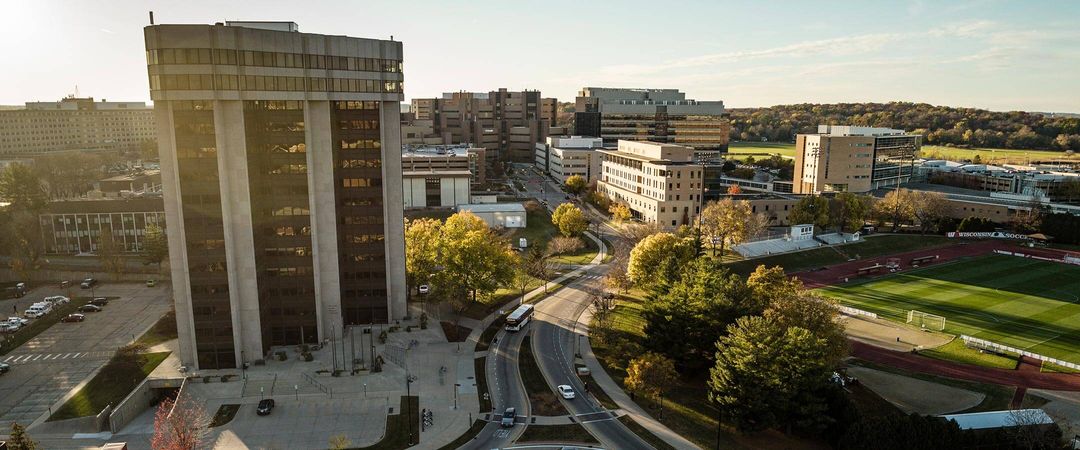OSHKOSH, WI (October 30, 2025) — University of Wisconsin–Madison chancellor Jennifer L. Mnookin joined leading manufacturing executives and engineering leaders at the EAA Aviation Museum on October 29, 2025, for a wide-ranging discussion on the future of Wisconsin’s vital manufacturing sector.
The event, hosted by the Wisconsin Foundation and Alumni Association, drew alumni, industry leaders, and state representatives to the Fox Valley — one of Wisconsin’s key manufacturing regions.
A panel discussion, led by Chancellor Mnookin, brought together Oshkosh Corporation president and CEO John Pfeifer, Wisconsin Manufacturers & Commerce Executive vice president Scott Manley, and UW–Madison’s new Grainger Dean of the College of Engineering, Devesh Ranjan, to explore cutting-edge research, workforce development, and industry partnerships enhancing productivity across the state.
AI Transforming Manufacturing
The panel opened with a robust discussion of the growing role of artificial intelligence (AI) in manufacturing. Pfeifer described how Oshkosh Corporation is leveraging AI across its operations, from product development to supply chain management.
“AI is helping us solve problems,” Pfeifer explained. “It’s teaching us not just what happened and why it happened — it’s teaching us what’s going to happen and, therefore, what we should do about it.”
He illustrated this with a compelling example from airport operations. Oshkosh manufactures equipment used at airport gates, from jet bridges to cargo loaders. By aggregating hundreds of thousands of data points in real time, the company’s AI agents can predict potential delays and recommend preventive actions.

“We want the aircraft turns to be perfect every time,” Pfeifer said. “That matters to everybody, not just the airline.”
Manley noted that AI applications vary widely across Wisconsin manufacturers. Larger companies are investing in computer vision to identify defects in real time, while others are using intelligent automation with collaborative robots (cobots) working alongside human workers.
“We now have cobots that are doing repetitive tasks for workers, and we’re actually reducing workplace injuries, which is a good thing,” Manley said.
Ranjan emphasized that UW–Madison is preparing the next generation of engineers for this AI-driven future. The College of Engineering is integrating AI literacy across its curriculum and developing specialized programs, including a master’s degree in machine learning for manufacturing applications.
“This is an amazing opportunity to really think about the next 25 years of workforce,” Ranjan said, noting that the college is also working on training programs for Wisconsin’s 400,000 manufacturing workers.
Addressing Workforce Challenges
The discussion turned to workforce development, identified as perhaps the most critical challenge facing Wisconsin manufacturing.
Manley outlined the demographic reality: “We have been below replacement birth levels for a couple of decades now in the state. He added, “We have fewer young people than most other states.”
He emphasized that manufacturers need a full spectrum of talent, from engineers and data scientists to skilled tradespeople like welders, electricians, and machinists. “We have too many people that are aging out of the workforce with those skills, and we do not have the pipeline of people entering the workforce that have them.”
Chancellor Mnookin reinforced the university’s commitment to expanding its engineering capacity. Last spring, UW–Madison broke ground on the Phillip A. Levy Engineering Center, which will enable the college to grow its undergraduate programs by approximately 1,000 students.
“We can keep more Wisconsin students right here rather than sending them out of state,” Mnookin said. The building will also feature, for the first time, a designated floor for work with industry partners.
The university recently opened Morgridge Hall for computer, data, and information sciences — completed on time and under budget.
Pfeifer noted the changing composition of Oshkosh Corporation’s workforce. Less than a decade ago, approximately 80 percent of the company’s engineers were mechanical engineers. Today, the company employs more software engineers than mechanical engineers.
“It is hard to find the skills when you’re looking for data scientists and software engineers and you’re competing with Silicon Valley,” Pfeifer acknowledged. But he emphasized that highlighting the company’s purpose — serving “everyday heroes” like soldiers, firefighters, and construction workers — helps attract talented people.
Navigating Trade and Tariff Complexities
The panel addressed the current tariff landscape and its mixed impacts on Wisconsin manufacturers.
“Tariffs are on the minds of every manufacturer in the state right now,” Manley said, noting that impacts vary significantly depending on what companies make and where they source materials. Some members are experiencing tremendous growth in orders, while others face significant cost increases in raw materials.

Pfeifer explained that while Oshkosh supports both free and fair trade, the company faces particular challenges with Section 232 tariffs on raw materials. Steel prices in the United States are more than double the average global price, making it difficult to export from U.S.-based plants.
“We’ve had to really rethink about how we serve the whole world,” Pfeifer said. “We have to do a local-for-local strategy. We have to produce in Europe for Europe, we have to produce in Asia for Asia, and we have to produce in the United States for the United States.”
Ranjan noted a potential silver lining: supply chain challenges are driving innovation. “If you want to build a local supply chain, it also provides an opportunity for new people to think about what we can do here,” he said, citing battery technology as an example.
Keeping Talent in Wisconsin
A recurring theme was the need to attract and retain talent in Wisconsin. Pfeifer made his case plainly: “Wisconsin is the single best hidden secret in the whole country. It is a fantastic place. It’s got great people, it’s got great things, it’s got great family life.”
The panel agreed that hands-on learning experiences, internships, and co-op programs are critical for connecting students with Wisconsin employers early in their academic careers.
Manley emphasized quality-of-life factors. “One of the biggest issues in young people’s lives right now is affordability,” he said. “We need to adopt the types of policies where people can afford to live in our state. That means earning a great wage; that means having affordable housing; [that] means having affordable childcare.”
Ranjan announced exciting news for aspiring aerospace engineers: UW–Madison plans to launch a new aerospace engineering degree in fall 2026. Currently, there is no aerospace engineering program in the state.
“It’s an amazing opportunity for people who are coming back and thinking about aerospace in the future to come and stay in the state,” Ranjan said.
Chancellor Mnookin noted that Illinois is now the single biggest sending state to UW–Madison outside of Wisconsin. The university is focused on helping some of those out-of-state students discover opportunities to stay in Wisconsin after graduation.
Looking Ahead
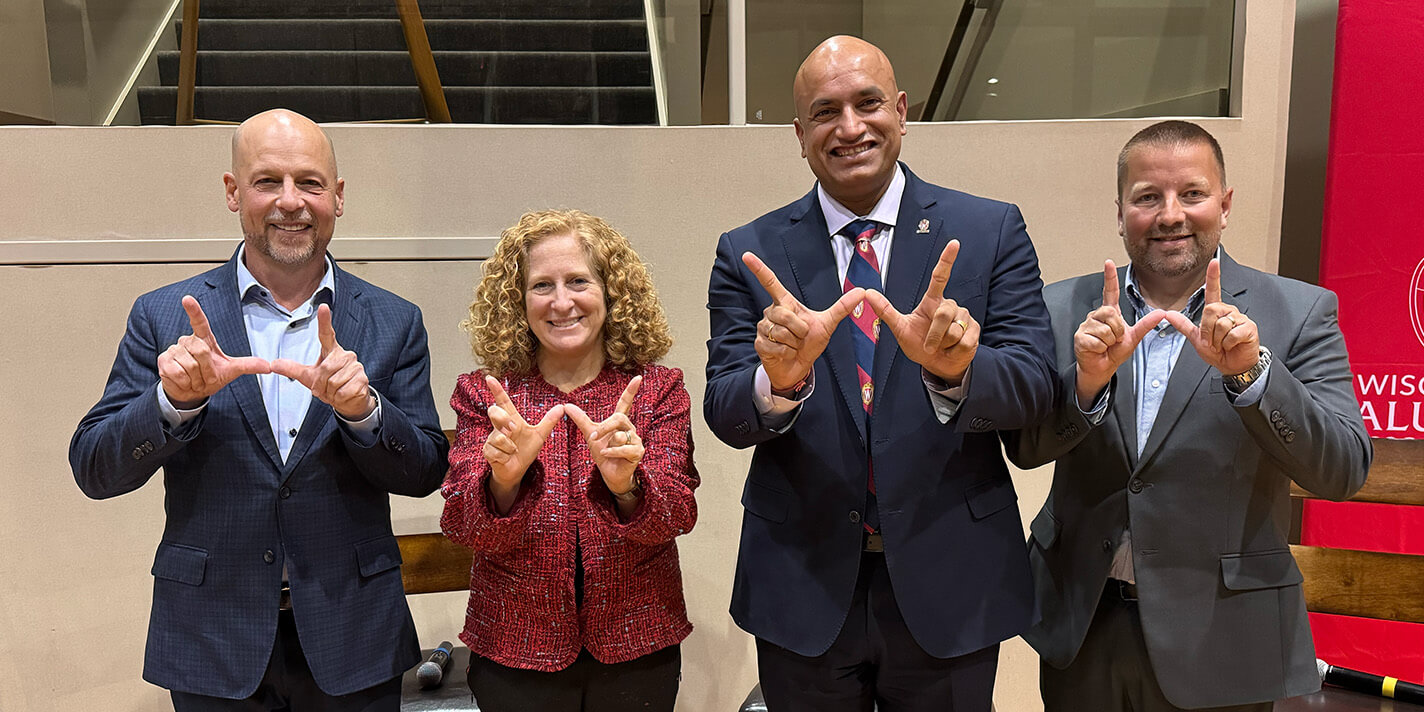
The panel concluded with rapid-fire recommendations for strengthening Wisconsin manufacturing.
Pfeifer called for more “immigration” from neighboring states: “We need more people in the state.”
Manley urged continued focus on STEM education and finding ways to keep graduates engaged with Wisconsin companies through hands-on learning opportunities.
Ranjan announced plans for a Wisconsin Manufacturing Summit to bring together companies and academic partners to discuss the future of manufacturing in the state and identify collaborative opportunities.
“I’m really excited about what innovation this will drive in the state and the country,” Ranjan said.
